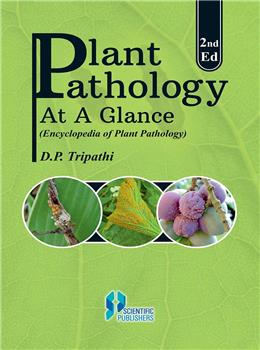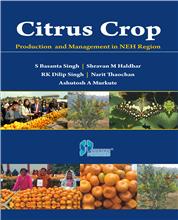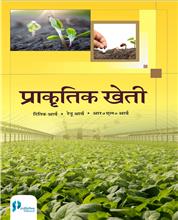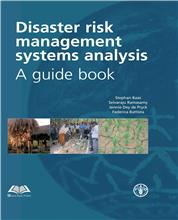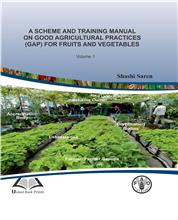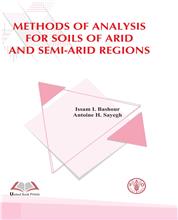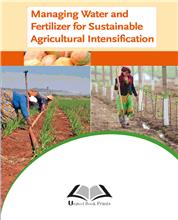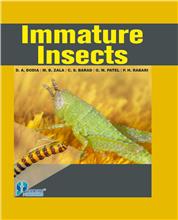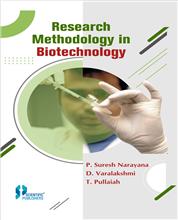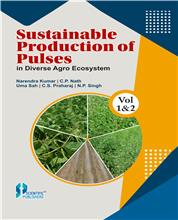Chapter
1. Introduction and History
Introduction, importance,
sub-divisions, some common ,terminology, plant pathogens, causes of plant
diseases,classification of diseases, disease epidemiology, disease,symptomatology,
pathogenicity and pathogenesis,
plant disease,clinic and
requirements for plant disease clinic.
Chapter
2. Mycology – study of fungi
Introduction and history, culture
collection, fungi and their morphology, classification of fungi, rhizomorphs
and mycorrhiza, lichenology, variations in fungi, physiology of fungi,
nutritional requirements in fungi, enzymes and their
importance, growth and growth
factors, mushroom and their cultivation, mycotoxins and their types,
reproduction in fungi,mycological laboratory organization and mycological
laboratory techniques.
Chapter
3. Fungal Diseases of Crops
Cereal diseases - diseases of
wheat, barley, paddy, sorghum and other cereals; diseases of pulse crops- chick
pea, cowpea,soybean, lentil, pigeon pea, black gram and pea; diseases of oil seeds
– groundnut, linseed, mustard, rapeseed, sunflower,
safflower and sesame; Industrial
crop diseases- sugar beet,sugarcane, potato, cassava, cotton and jute; diseases
of vegetables- cole crops, cauliflower, cabbage, turnip and other crucifers, radish,
cucurbits, water melon, elephant foot yam,
beans, lablab beans, lima beans,
colocassia, egg plant, tomato,beet, spinach, onion, okra, garlic; diseases of
fruits - Almond,apple, citrus, banana, cashew nut, grape, guava, jack
fruit,mango, loquat, Jamun, water melon, musk melon, papaya, pine
apple, plum, pomegranate, peach,
cherry and walnut; diseases of arecanut, cocoa, coconut, coffee, tea and
rubber; diseases of spices- ginger, coriander, turmeric and chilli.
Chapter
4. Plant Bacteriology – study of bacteria
Definition and history,
prokaryotes and their kinds, plant bacteriology, pioneers in the field of
bacteriology, economic importance, morphology and structure, bacteriophages and
their classification, growth and physiology, common
terminology, cultivation of
bacteria, infection and pathogenicity, bacteria and enzymes, synchronous and continuous
cultures, prokaryotic metabolism, bacterial
genetics, mutation in bacteria,
auxotrophs and prototrphs,analysis of structure of DNA, plasmids and their
importance,recombinant DNA technology, bacteriological laboratory techniques,
plant pathogenic bacteria.
Chapter
5. Bacterial Diseases of Plants
Diseases of cereals – wheat,
barley, maize, oat, rice and sorghum; diseases of pulses - cowpea, pea, pigeon
pea and soybean; diseases of oil seed crops - castor, sunflower, safflower and
sesamum; industrial crop diseases - sugarcane, betel vine,
cotton, tobacco, jute and poppy;
plantation diseases – coffee and tea; diseases of grasses-sudan grass, lucern,
Indian clover and alfalfa; diseases of tuber crops; diseases of fruit crops;diseases
of vegetables.
Chapter
6. Plant Virology – study of viruses
Definition and history,
characterization of viruses, morphology and structure, economic importance,
classification, viroids and their classification, isolation and purification,
physical properties, pathogenicity test in viruses, detection of viruses,
different methods of
transmission, symptomatology, inclusion bodies and phytotoxaemia, common
terminology, serology and serological reactions.
Chapter
7. Viral Diseases of of Crops
Virus diseases of vegetables -
tomato, egg plant, cabbage,radish, turnip and lily, cucumber, melon, water
melon, bean, broad bean pea, cow pea, carrot, celery, parsnip, lettuce and spinach;
industrial crop diseases- Virus diseases of sugarcane,
sunflower soybean sugar beet,
potato, tobacco, hop, peanut;diseases of fruit crops.
Chapter
8. Phyto-nematology – study of plant nematodes
Introduction and history,
progress in the science of nematology,characteristics of nematodes, nature and
distribution, kinds of nematodes, economic importance, morphology and life
cycle,pathogenicity, classification and grouping, characteristics of different
orders and families, detection of plant parasitic
nematodes
Chapter
9. Nematode diseases of Crops
Diseases of cereal crops,
diseases of vegetables & spices, diseases of ornamentals, medicinal and
narcotics, diseases of industrial crops and diseases of fruits and plantation
crops.
Chapter
10. Abiotic Plant Pathogens
Physiological diseases, different
causes of abiotic discusses,environmental constraints, important symptoms due
to nutritional in balances, symptoms of nutritional toxicities.
Chapter
11. Abiotic Plant Diseases
Keys to diseases and symptoms of
nutritional imbalances, Nutrients deficiency diseases in different crops.
Chapter
12. Phanerogamic Plant Parasites
Seed plant parasites, some
examples, parts of the hosts attacked by such parasites, different kinds of
seed plant parasites, Stem parasites, semi-stem parasite, holo stem parasite,
Root semi root parasite and holo-root parasite, disease cycle of dodder,patho-genic
behaviour of Giant mistletoe, important characteristics of Giant mistletoe,
pathogenic effects of Giant mistletoe, Broomrape as holo root parasite, general
characteristics of Broomrape, management of Broomrape, Witch weed (Striga
species), general characteristics of Witch weed, management of witch weed
(Striga species), dwarf mistletoes, disease cycle of dwarf mistletoe and
management of dwarf mistletoes.
Chapter
13. Seed Pathology
Role of seed in plant pathology,
association of pathogens with seeds, scientists who reviewed method of
detection of seed borne pathogens, objectives of detection of seed borne microorganisms,
information desirable for seed health testing,
common methods of detection of
seed borne microorganisms,important characteristics recorded during examination
of dry seeds, examination after softening and soaking of seeds,examination of
seed washings, incubation method of seed testing, blotter method of seed
testing, Agar plate method of seed testing, rolled paper towel method of seed
health testing, 2, 4-D method of seed health testing, some other methods of
seed health testing, different kinds of seed borne pathogens,destruction of
seed borne pathogens, use systemic fungicide, use insecticides that are
compatible with the Thiram, protectant fungicides and seed certification?
Chapter
14. Management of Crop Diseases
Conditions for management of
plant diseases, basic categories for disease management, prophylaxis,
prophylactic measures, curative measures, important curative measures,
important precautions for avoidance of pathogens, important curative measures,
exclusion of inoculum, eradication of pathogen, protective measures, cultural
control measures, different methods of obtaining resistance in hosts,
classification of fungicides, different kinds of fungicides, important
characteristics of good
fungicides, different methods of application of fungi-toxicants/ fungicides,
biological control, biotechnology for disease resistance, tissue culture
techniques, principles behind tissue culture and recombinant DNA
technology.
Glossary of terms
Some Important Publications
Appendix
